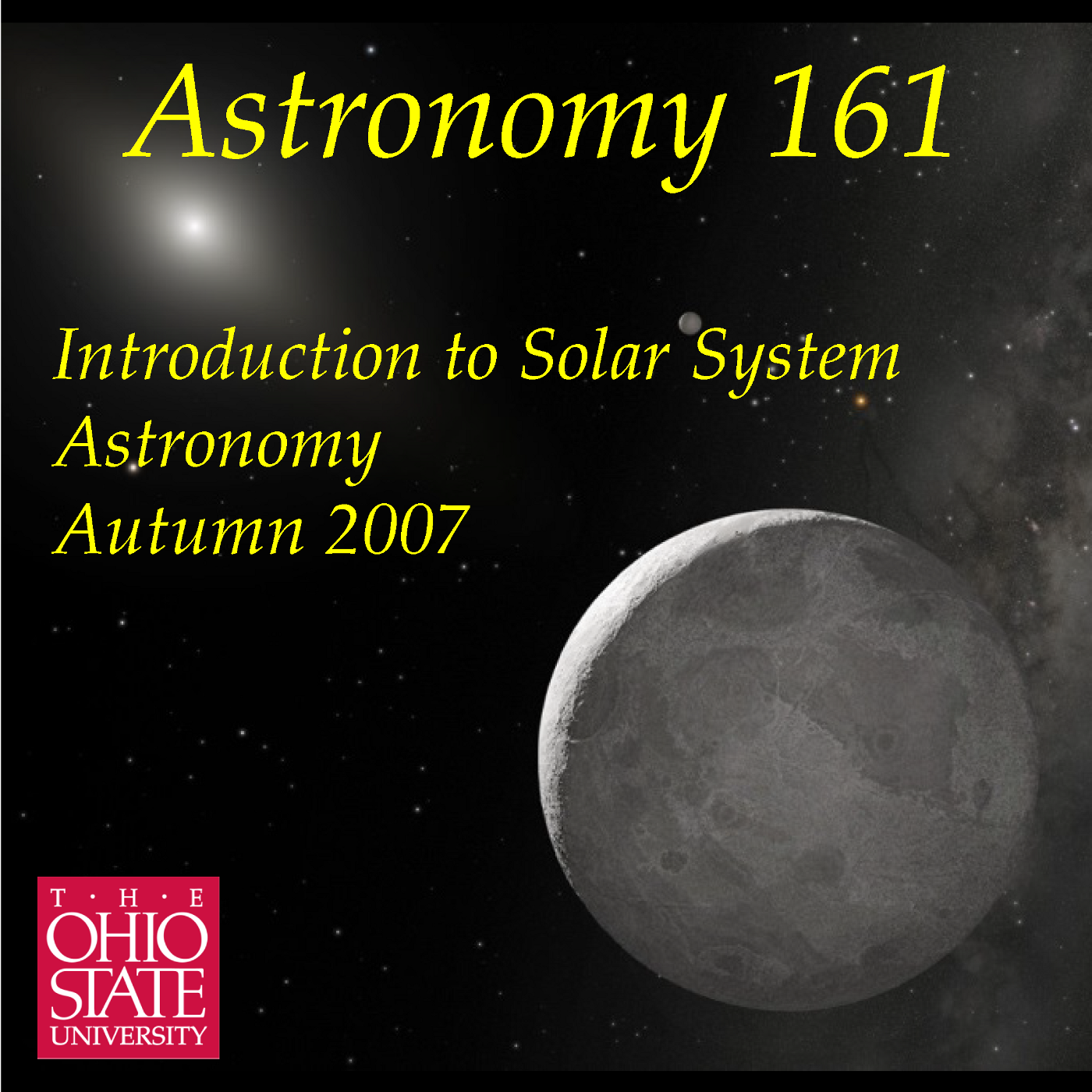Lecture 07: The Four Seasons

Why do we have different seasons? This lecture explores the\nconsequences of the tilt of the Earth's rotation axis relative to its\norbital plane combined with the apparent annual motions of the Sun\naround the Ecliptic. The most important factor for determining whether\nit is hot or cold at a given location at different times in the year is\n"insolation": how much sunlight is spread out over the ground. This,\ncombined with the different length of the day throughout the year,\ndetermines to total solar heating per day and so drives the general\nweather. It has nothing to do with how far away we are from the Sun at\ndifferent times of the year. Finally, the direction of the Earth's\nrotation axis slowly drifts westward, taking 26,000 years to go around\nthe sky. This "Precession of the Equinoxes" represents a tiny change\nthat is still measureable by pre-telescopic observations, and means that\nat different epochs in human history there is a different North Pole\nstar, or none at all! Recorded 2007 Sep 27 in 1000 McPherson Lab on the\nColumbus campus of The Ohio State University.